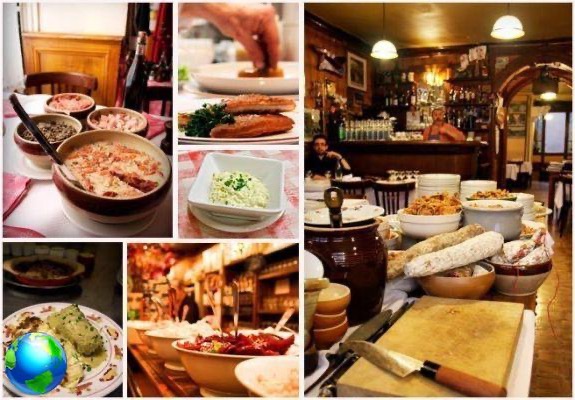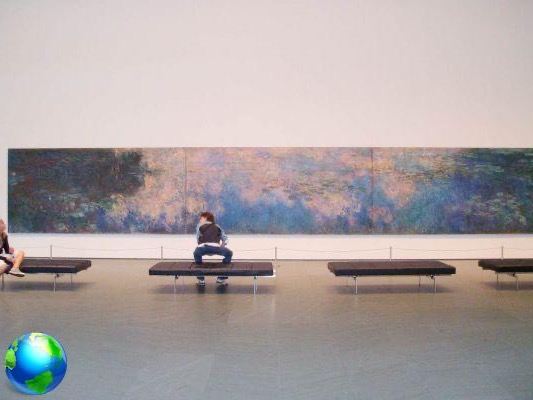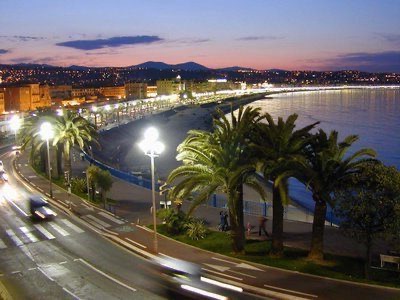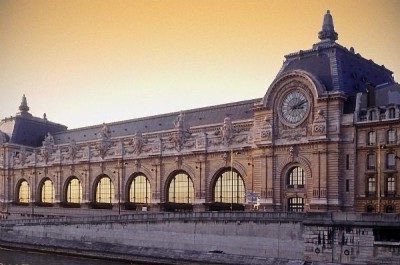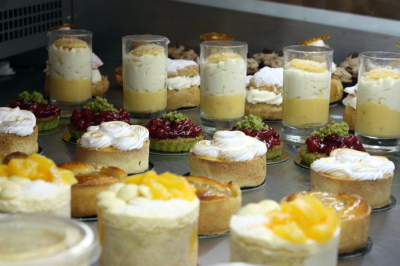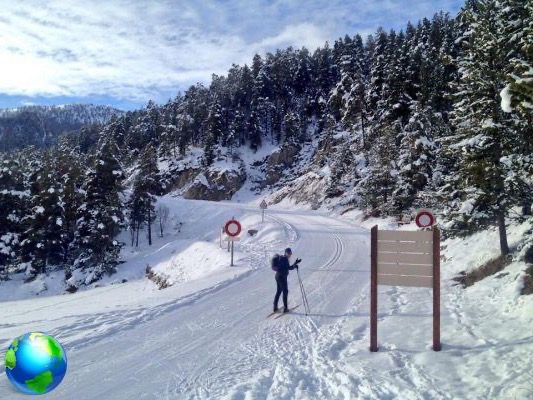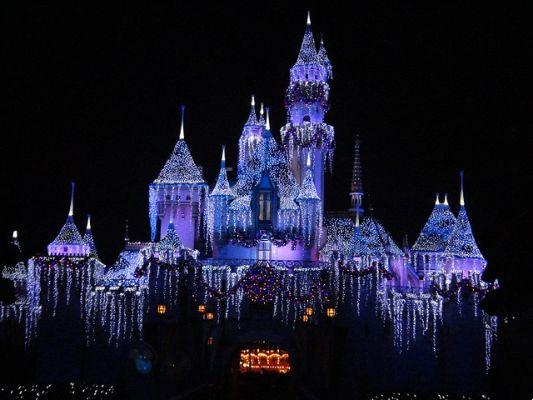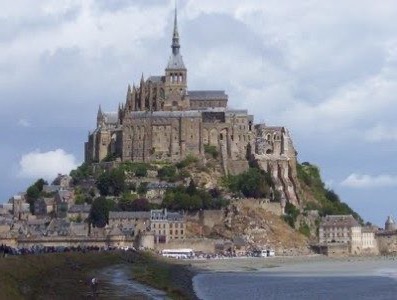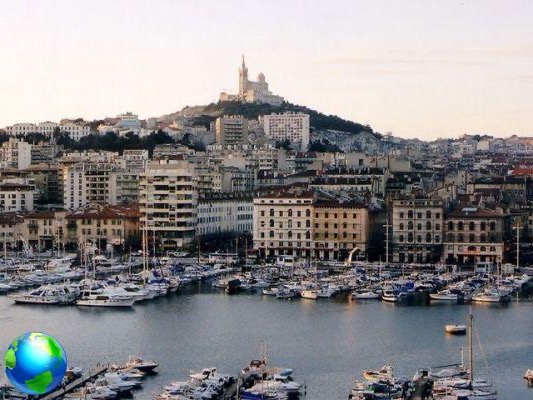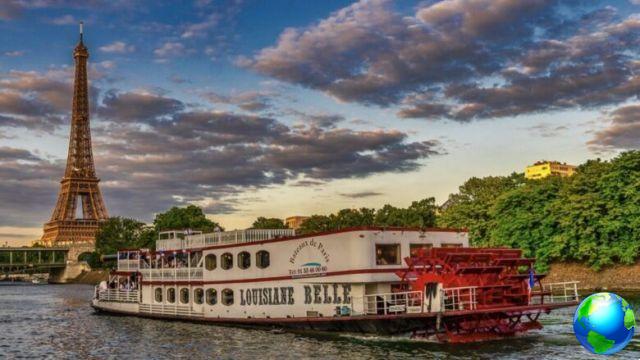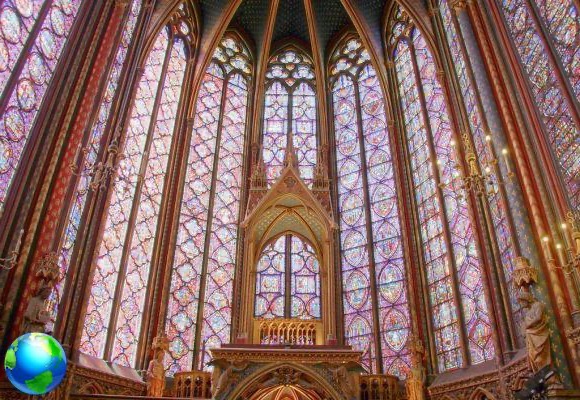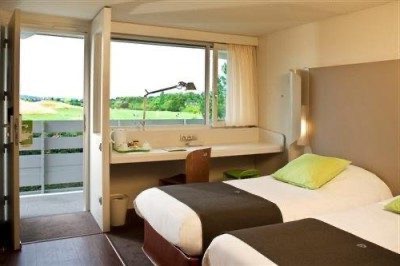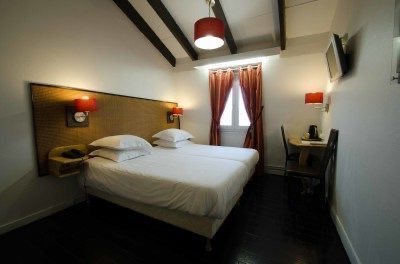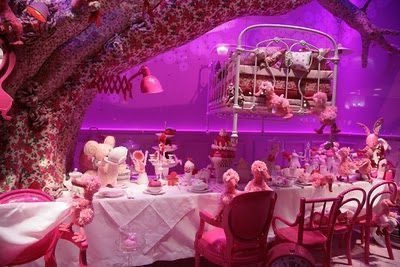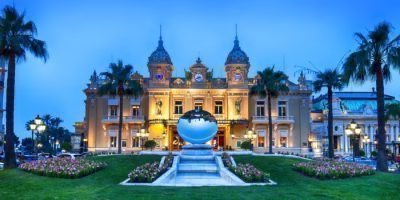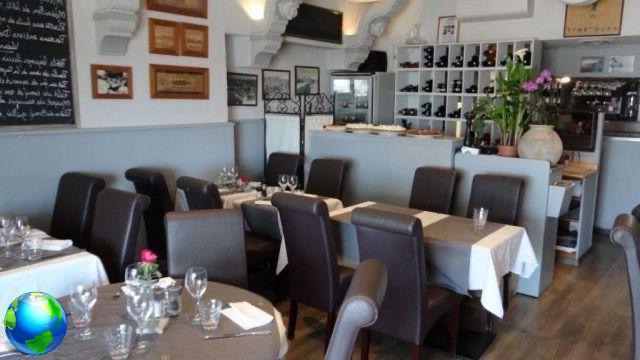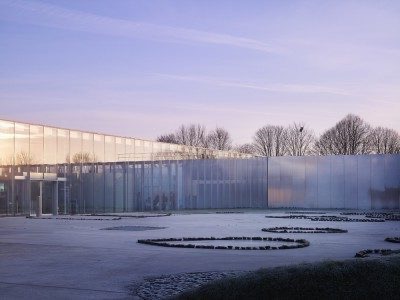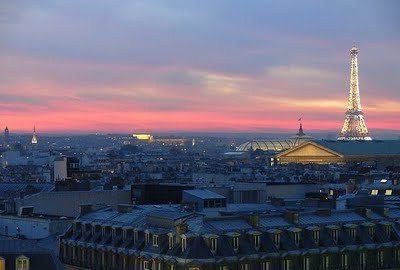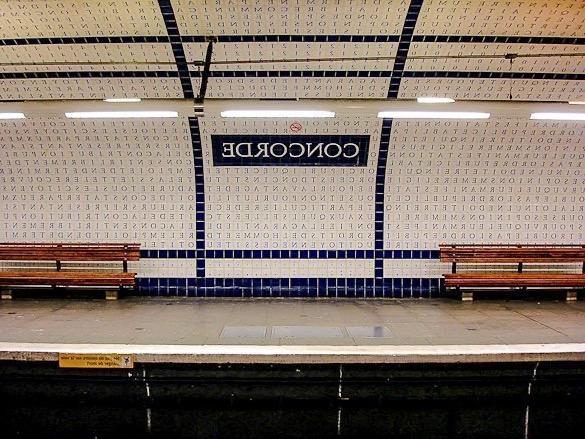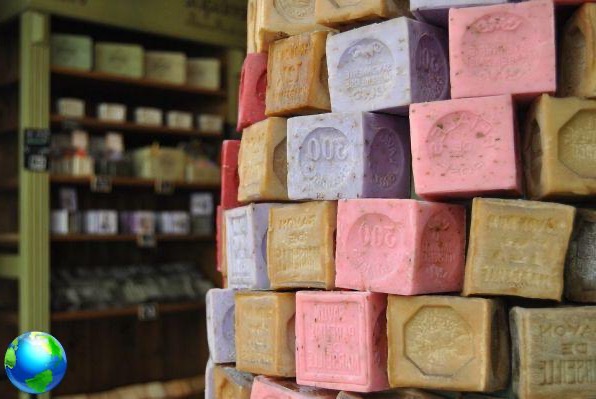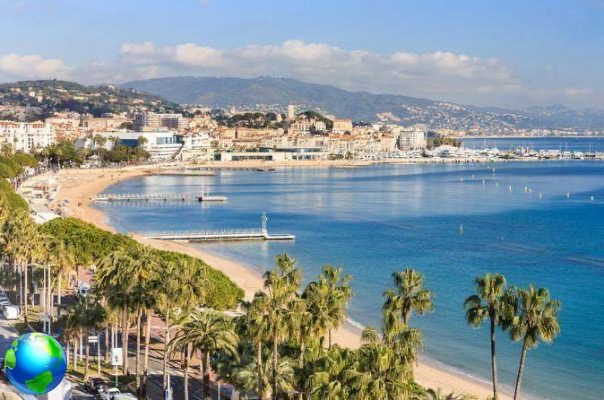I am a great lover of the south of France and I am happy that my brother has decided to move there, at least I will be able to go there more often. After telling you about my magnificent trip to Provence-Camargue and the French Riviera in this article , here I will tell you more specifically about the Camargue, a very special territory located south of Arles, at the mouth of the great Rhone. The Camargue is an environment that differs greatly from Provence and the other surrounding areas, both in terms of landscape and traditions. It's a marshy area with villages that look more like the Spanish ones than those of Provence, and in their surroundings it is possible to see a large number of wild animals such as flamingos, many species of birds and the famous white horses ridden by the gardians, the herdsmen. The latter represent a very strong community and have a decisive role in the preservation of traditions. The most important and most heartfelt tradition of the area is certainly the party of the gypsies; the gypsies from all over the Mediterranean basin meet the 24 and 25 May each year in Saint-Marie-de-la Mer to celebrate their patron saint, Santa Sara. I have wanted to go there for years but every time it jumps sigh..we hope that 2021 is finally the good year !!
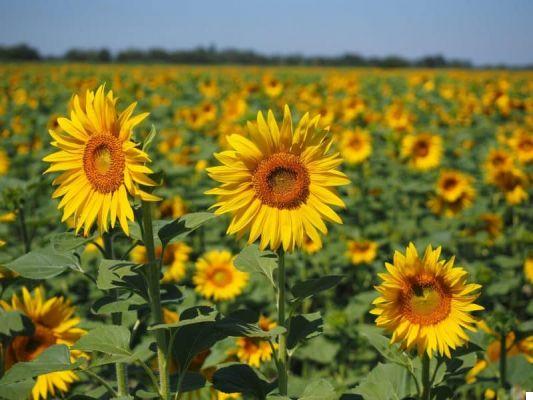
How to reach the Camargue and how to get around
If you have a car, you can easily reach it from Spain, especially from the north. From the Ligurian border of Ventimiglia to Arles it is less than 3 hours of driving. Alternatively, the closest airports (almost equidistant) are those of Marseille and Montpellier, which are about 1 hour from Arles. If you want you can also consider theNice airport (which is about 2h).
To get around the site and explore the area the best thing is the car; to rent it I always use the Rentalcars website. Remember that by booking in advance you spend less and less. For some trips it can be very nice to rent a bike. You can find them from Velo Saintois in Saint-Marie-de-la-Mer (on the site you will also find the prices) or from Velo ad Arles rental.
When to go to the Camargue
You can go to the Camargue all year round; the south of France enjoys a particularly mild climate even in winter (I happened to have Christmas lunch on the beach not far from there with 20 °!). Perhaps the months to avoid are the summer ones, let's say from June to August, both for prices and, above all, for mosquitoes and the humid heat that can be really unbearable. The best time to see pink flamingos is from April to June, but chances are good that you will see them all summer long. Having said that, on the sea, however, it is always good, with few mosquitoes. If you want to participate in the festival of the gypsies the dates to mark are 24 and 25 May (get ready because there are so many people!).
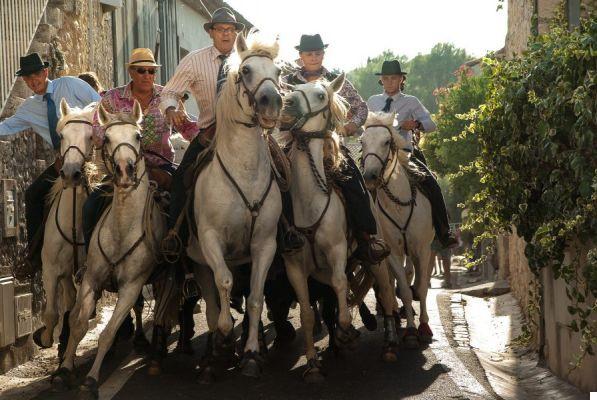
Where to sleep in the Camargue
If you want to stay in a bigger, beautiful town with more opportunities even in the evening, my advice is to base yourself in Arles. If you prefer to stay close to the sea, instead, you should stay in Saint-Marie-de-la-Mer. Finally, those who want to be more in contact with nature can sleep in one of the structures located in the Camargue Regional Park, near the lagoons.
- Hotel Le Belvedere (Arles). I was based here and I had a great time. It is a modern, very nice hotel, overlooking a nice little square in the center of Arles. It has a good quality / price ratio.
- Hotel Lou Marquès (Saint-Marie-de-la-Mer). Simple and nice hotel 2 steps from the center of Saint Marie. Convenient for parking (free) and with a terrace where breakfast is served.
- Lodge Sainte Helene (Camargue Regional Park). If you want to be surrounded by nature and are looking for some extra comfort, this magnificent lodge is located on a peninsula on Lake Launes and offers beautiful views. It also has a heated outdoor seasonal pool.
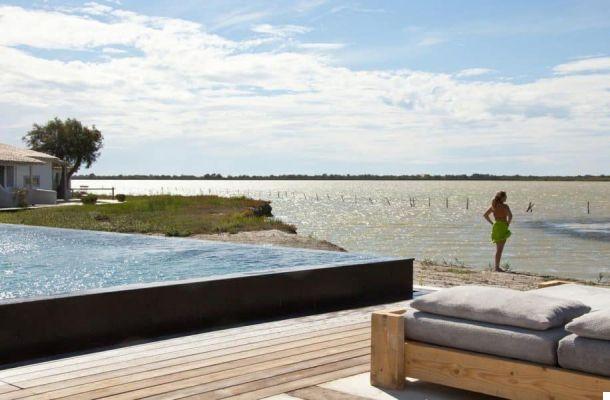
What to see in Camargue: the most beautiful places
Arles
Arles is a city of very ancient origins and is one of the most beautiful cities in the south of France. It was the Roman capital of Gaul and it is here that Julius Caesar had an entire fleet built within a month. Since then Arles became an important port and the cornfields of the Camargue became famous as the "granary of Rome". Several Roman remains are still visible today and are in excellent condition. But medieval Arles is also very beautiful, around the cathedral, with many alleys and beautiful tree-lined squares. The things not to miss in Arles are definitely:
- The Arena: the spectacular perfectly preserved Roman amphitheater. At the time of its construction it was the largest Roman building in Gaul. During the Middle Ages it became a fortress, with over 200 dwellings and 3 churches; that structure was then dismantled to return to use as an arena in 1830. Inside the amphitheater bullfights are held between Easter and October (but not exactly like in Spain, here they are called courses camarguaises and they are not bloody).
- Republic Square: the main square of the old town overlooked by the Hotel de Ville. From here you can also access the Roman Cryptoportiques (a system of warehouses and underground galleries).
- Saint-Trophime Church: integrated with the other buildings of the Place de la Republique, the cathedral of Arles has beautiful stone carvings on the portal. Also visit the cloisters (you enter through a separate entrance).
- Place du Forum and Café de la Nuit by Van Gogh: Van Gogh lived in Arles between 1888 and 1889 (this is where he cut off his ear), before moving to the psychiatric hospital of Saint-Remy. Here he made several of his most famous paintings, including La terrasse du café le soir; the cafe you see in that painting is still open and is located in Place du Forum (which is one of the most characteristic squares in Arles, perfect for sitting down to drink or eat something while sitting in one of the many outdoor bars). If you were particularly interested in places of Van Gogh, you can join this beautiful 1 day tour that retraces them (St. Remy, Montmajour abbey, etc.).
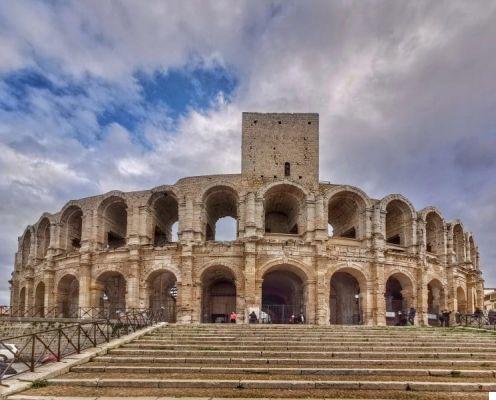
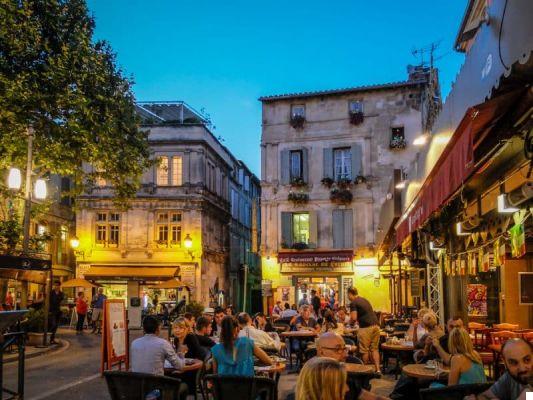
Aigues-Mortes
This town completely fortified it is located at the western end of the Camargue and is a little gem. Its walls are perfectly preserved and were built by Louis IX who set sail from here for the 7th and XNUMXth crusades to the Holy Land. Do not miss the tour on the walls (it takes about 30 minutes) of the fortified city: the visit of the ramparts offers an exceptional view of the city and the surrounding marshes (at sunset it is the best!). Also worth seeing Constance Tower, which overlooks a small moat, inside which Huguenot women were imprisoned in 1685 due to the Edict of Nantes.
- Saline du Midi: the salt pans near Aigues-Mortes are the oldest in the Mediterranean and the most important in France. You can visit them with a 1h train tour, or by bike starting from Aigues Mortes (here you will find all the info). The tour also includes a visit to the Salt Museum.
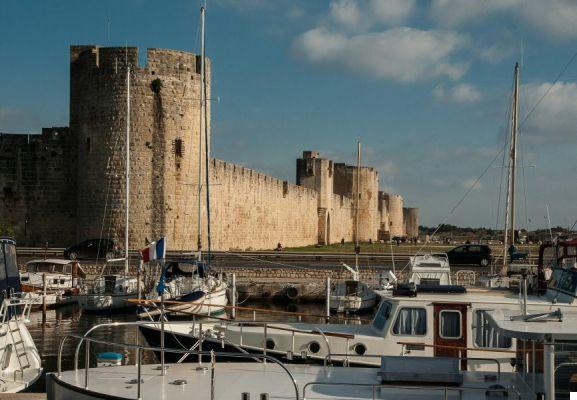
Ornithological Park of Pont-de-Gau
Before arriving in Saint-Marie-de-la-mer you should definitely stop at the Ornithological Park of Pont-de-Gau, a beautiful park where you can see many birds, i flamingos and semi-free horses. There are also aviaries with owls and vultures. Inside the park there are well-marked trails that lead to 3 lagoons within a large swamp.

Saint-Marie-de-la-Mer
The town of Saint-Marie-de-la-mer is the most touristic town in the Camargue and is famous above all because it hosts the festival of the gypsies. It is a pretty town, made up of alleys and white houses, which overlooks a series of fairly windy sandy beaches (much loved by windsurfers .. not surprisingly). Stroll through the narrow streets of the center and enter the Church of Saintes-Maries, inside which there is the statue of Santa Sara, patron saint of the gypsies, which is carried to an altar towards the sea during the feast to be blessed. Climb up too on the bell tower and on the roof of the church to have a nice view.
It is also very nice to walk or cycle there Road from the dike to the sea, which separates the sea from the lagoon, and reach the Gacholle lighthouse (the lighthouse de la Gacholle).
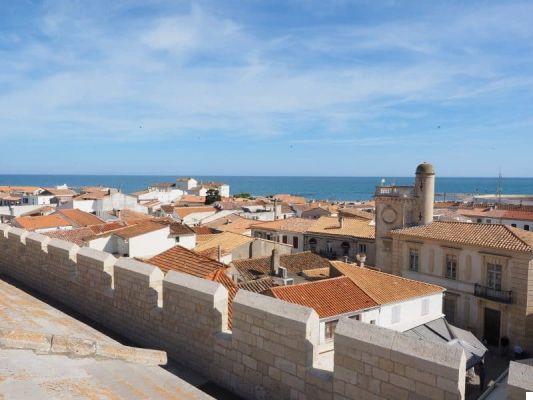
Saline du Giraud and Domaine de la Palissade
At the opposite end of the Camargue from Aigues Mortes is the town of Saline du Giraud, an industrial town developed for the salt trade. Going further, towards the sea, there is then the Domaine de la Palissade, a natural refuge dedicated to the protection of the fauna and flora of the nearby lagoons. Here, too, there are several well-marked trails that cross the nesting areas of ducks and flamingos. In the summer it is also possible here book some nice horse rides. In fact, it is possible to go horseback riding throughout the Camargue; you will find various info on the Arles Tourism website.
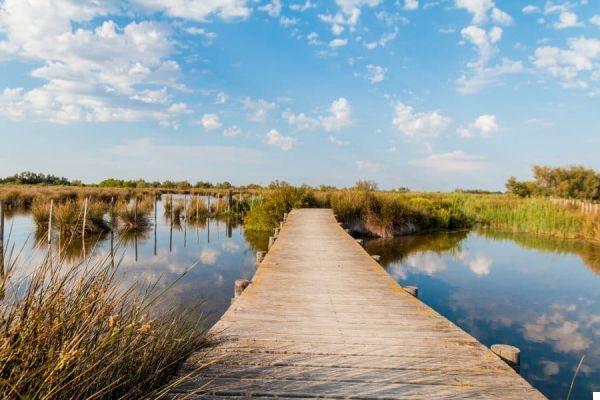
The beaches of the Camargue
As it overlooks the sea, there is obviously no shortage of beaches in the Camargue. The only thing you need to know, however, is that the Mistral blows here from time to time (a very strong wind) and can last several days. If you have the bad luck to catch him .. forget the beach life. But no more chatter, the most beautiful beaches in the Camargue are there Piemanson beach, vicino the Domaine de la Palissade, the Beauduc beach or Cabanes de Sablon, a kite-surfing paradise near Saint-Marie-de-la-Mer, la beach Crin Blanc, right in Saint-Marie, and the Espiguette beach (or the Grau du Roi), vicino Aigues Mortes.
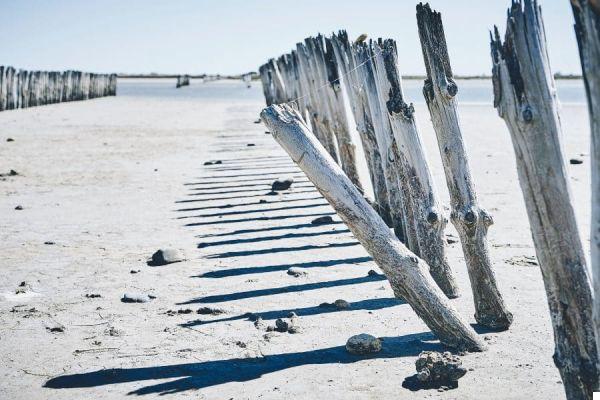
- New Year's Eve in European capitals: where to go?
- What to see in Athens: all the places not to be missed
- Budapest: what to see in 3 days
- Plovdiv (Bulgaria): what to see
- Sofia (Bulgaria): all the things to see




